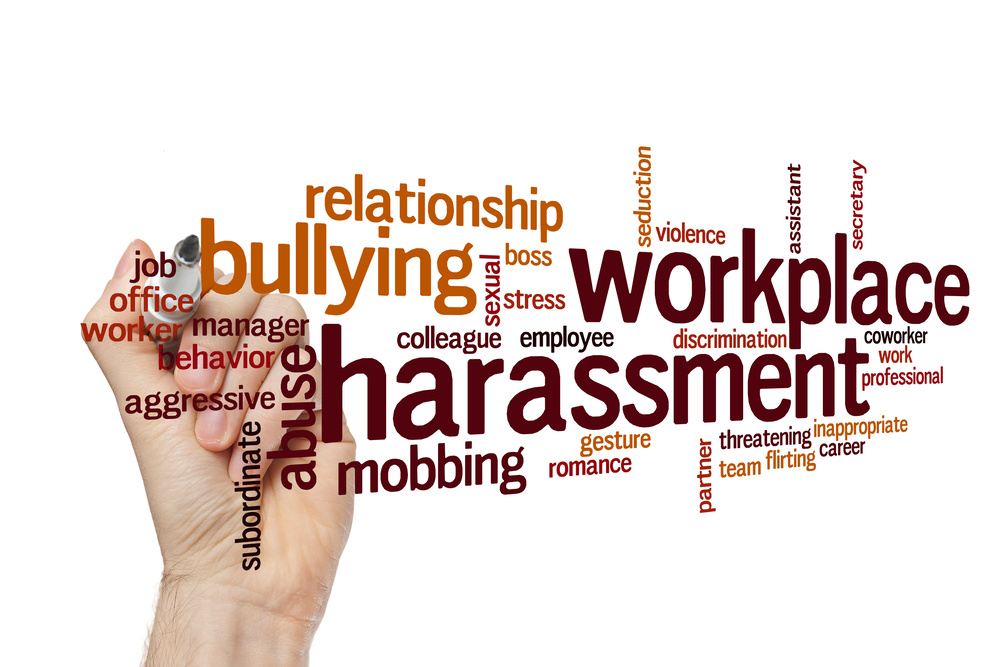One-in-four workers in the UK have been bullied while at work. While shocking, it’s clear that more needs to be done to eradicate workplace bullying.
To help combat this, Fingerprint for Success has released a guide for employees and employers. It includes statistics and real-life examples of workplace bullying.
What Is The Definition Of Workplace Bullying?
Bullying is unwanted, sometimes aggressive, behaviour from one person (the bully) to another (the victim). In this case, this type of behaviour happens in the workplace.
This can be an office, a factory or an external site, depending on the nature of the work.
However, as workplace bullying generally covers adults, and sometimes older teens, some of the ways people are bullied can vary from what we’ve known as children.
What Are Examples Of Workplace Bullying?
There are several different ways people can be bullied within the workplace. These can include:
- Intimidation
- Microaggressions
- Sexual harassment
- Gossiping
- Power plays
- Incivility
- Exclusion and ostracism
- Offensive or degrading jokes
- Cyberbullying
If any of these things are happening within the workplace, there are things an employee can do.
The first thing they should do, according to Fingerprint for Success, is to tell someone about it. While it’s not easy, it is almost always the best starting point.
It’s also best to keep records of everything. According to the guide, bullies can spread their behaviours across their team, department, or even the company.
Keeping a log of what is said or done and when will help show there’s a campaign of workplace harassment. Victims can then show that to their line manager.
How Do You Know If Someone Is Being Bullied At Work?
There are often signs when it comes to workplace bullying. These could be:
- Being absent from work more often
- An employee might seem dissatisfied, downbeat and unmotivated
- Not performing well at their job
- Make excuses for avoiding work-related social events
- Hearing gossiping about the victim
These signs can happen on their own, but be mindful that it doesn’t always mean someone is being bullied.
However, if there are multiple signs then something is probably amiss.
What Can Managers Do About Workplace Bullying?
As a manager, dealing with bullying in the workplace can be difficult. However, it needs to be addressed quickly, fairly and professionally, says Fingerprint For Success.
Taking a measured approach and following the official steps for disciplinary action can help tackle workplace bullying.
Sometimes, the bully(s) can be high performers within a team and while managers will probably not want to risk losing them, it could cost them in the long term.
Managers also have to listen to both sides and not take sides. This means that personal feelings towards the bully and the victim need to be discarded while the matter is being investigated.
Companies should also have an anti-bullying policy in place. This ensures that everyone knows what it is, how and who to report it to and what the potential consequences are.
Did you find this article helpful? You can also read more on workplace bullying New BITC report explores “What if your job was good for you?”, Only half of employers take bullying seriously and UK employees experiencing toxic workplace culture.












